
Rizal Park: A Tribute to 2 National Icons

Parks are essential environments that contribute to a city’s progressive development, aren't they? Apart from being called the living and breathing lungs of urban locations, these green spaces are critical for the political, cultural, and social growth of their citizens.
However, parks aren’t always the usual oversized gardens that we’ve been accustomed to. They have evolved into versatile parcels of land embracing various forms, sizes, and functions. As much as their architecture differs, a few of them don't look like parks at all!
And this couldn't be more true during one of my previous travel adventures in the Philippine city of Davao. You see, while I was exploring their City Hall’s surroundings, I suddenly bumped into a small open-air courtyard covered by a massive roof resembling a tent structure. Being the curious traveler like me, I immediately walked towards the site and came across the life-sized replica of a smartly dressed gentleman holding a pen and book - immortalized as a sculptural masterpiece.
“Who could this person be?” I pondered.
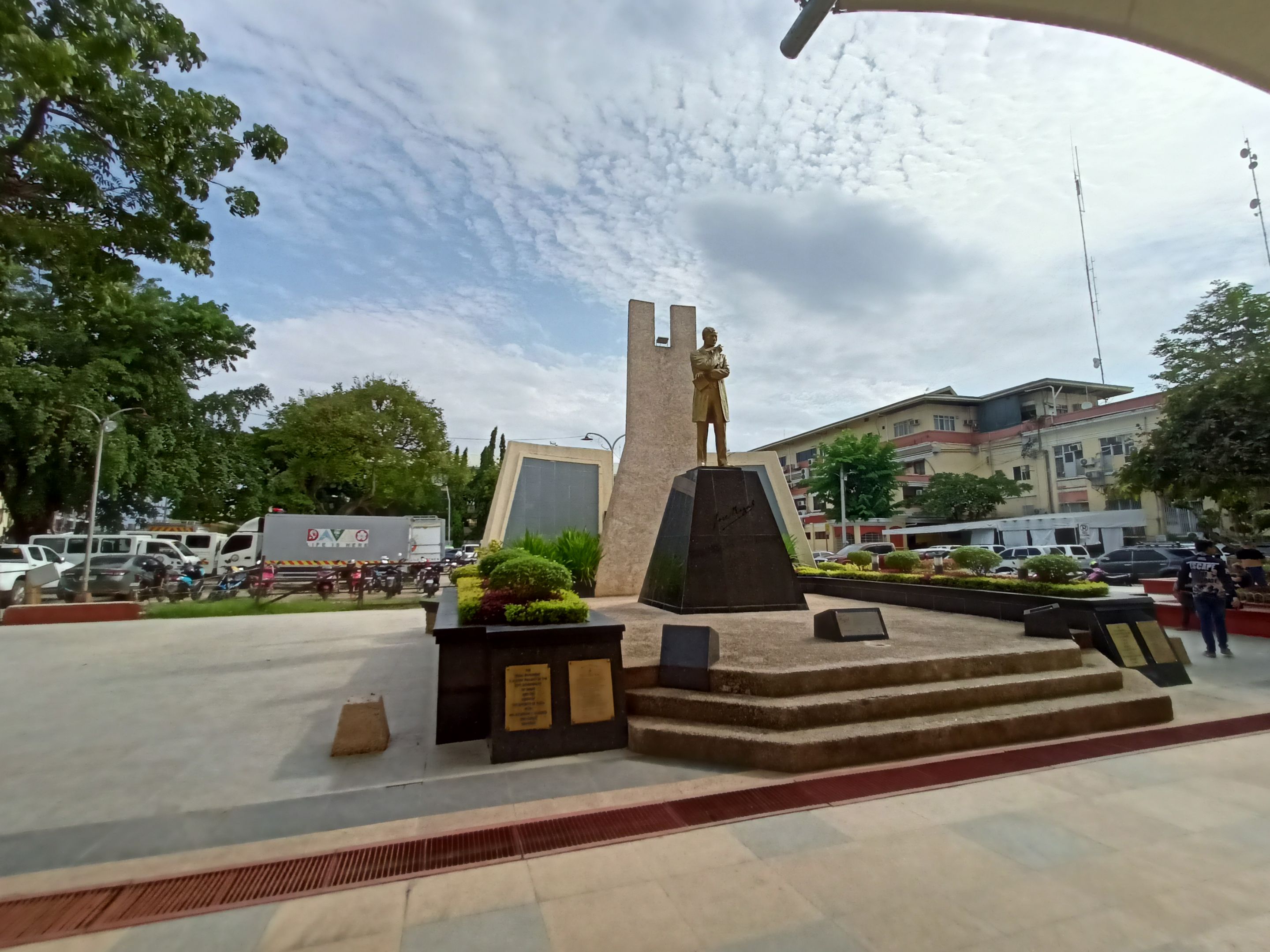
Upon closer inspection, I learned that the bronze sculpture was Doctor Jose Rizal, the national hero of the Philippines. His imposing statue stood on a stone pedestal with the text engraving “Jose Rizal”. In fact, this emblematic monument also has interesting counterparts built all over the country - celebrating the immense significance of this public figure.

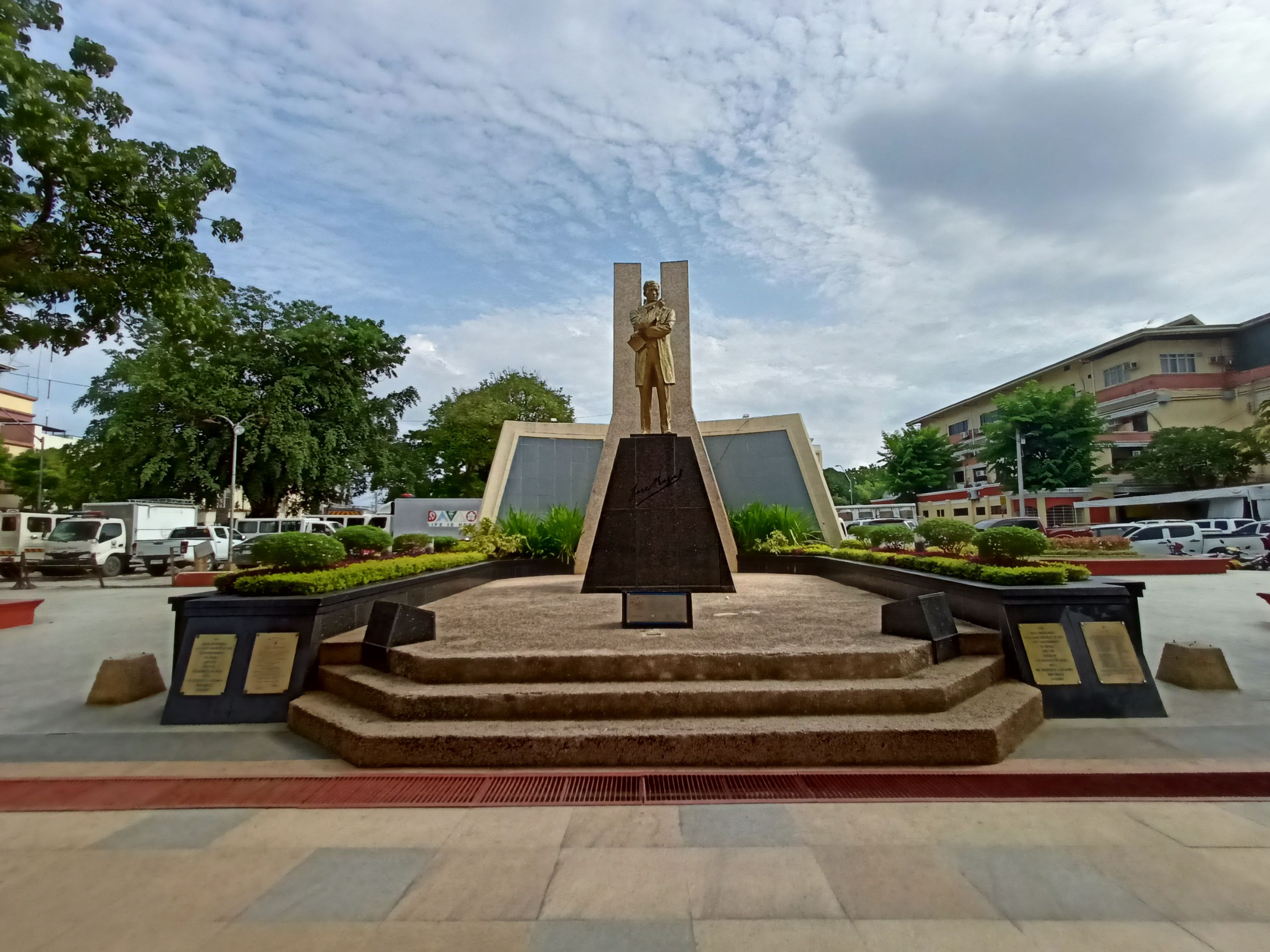
Moreover, this grand centerpiece was elevated on a stepped platform complete with other decorative elements such as ornamental plants, informative plaques, and intricate stoneworks.

Impressive, isn't it?

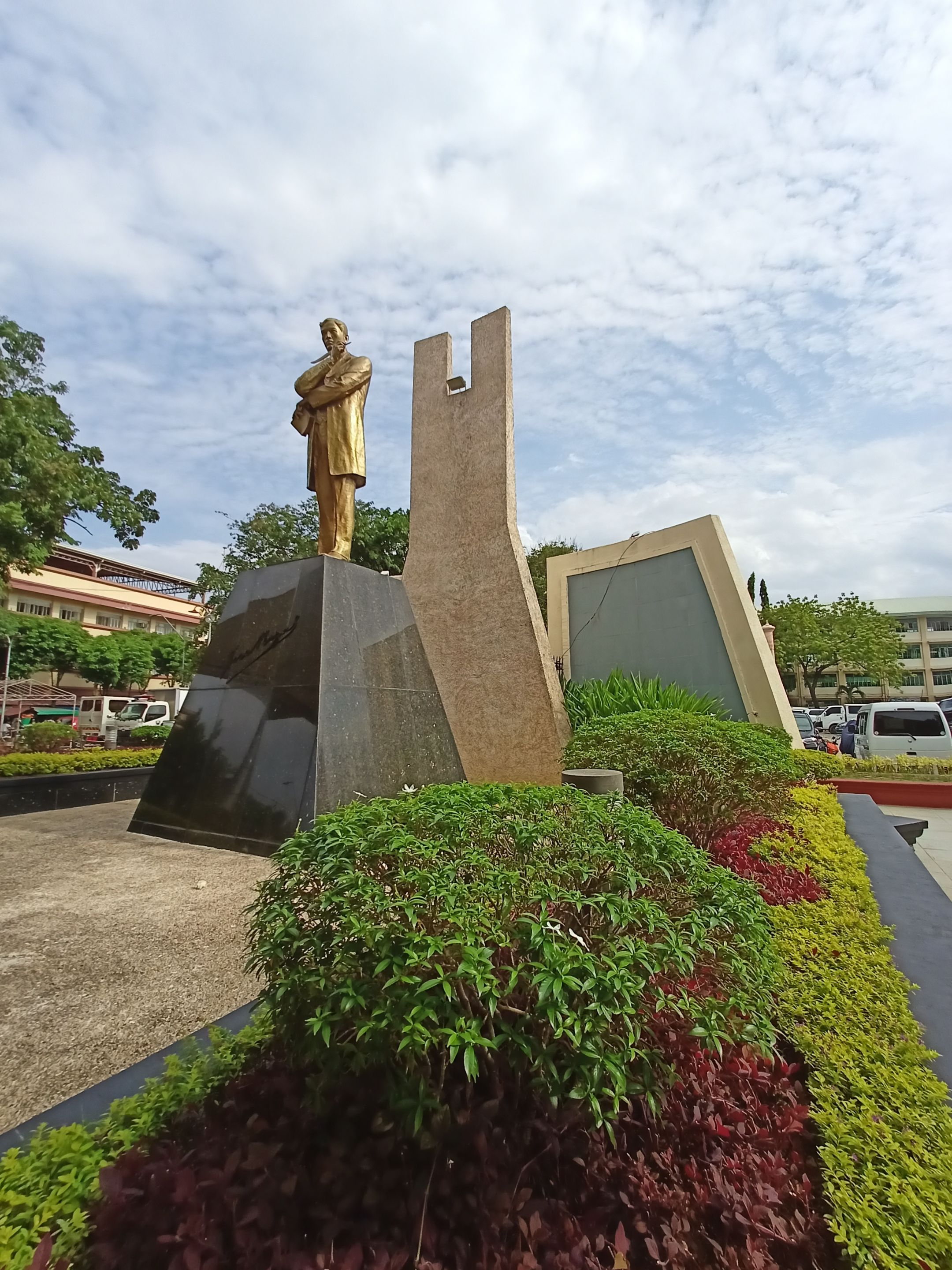
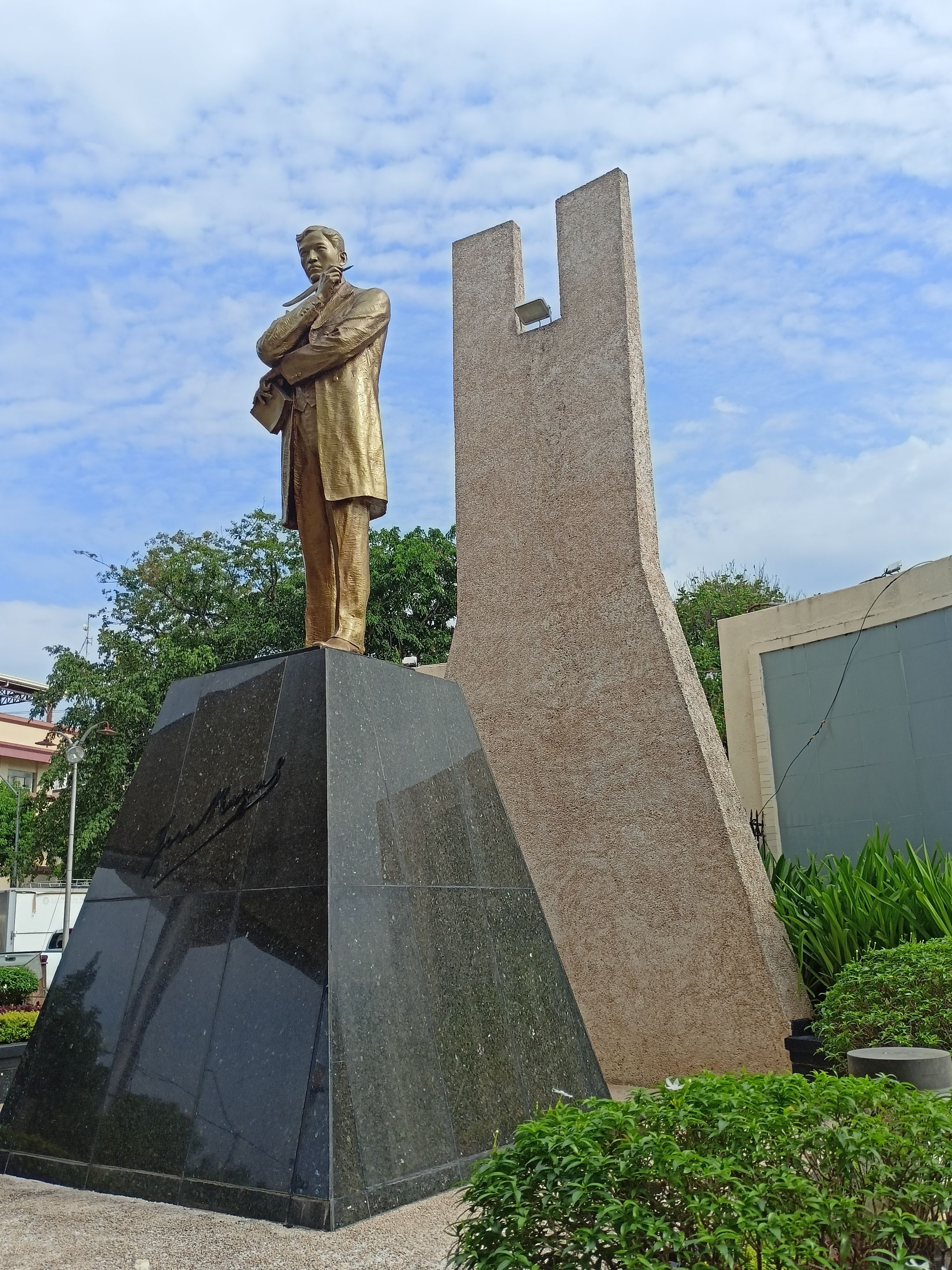
If you were a first-time visitor, you’ll probably be drawn to this park’s gorgeous area due to the visual prominence of these remarkable architectural features. This specific section was clearly well-maintained and absolutely spotless!

Jose Rizal’s stunning effigy was the first national icon I’ve witnessed.


Yet, my actual exploration of the entire park didn’t stop there!
“Could I have missed some interesting points?” I scratched my chin while glancing at its interior’s spacious expanse.
“Aha, there you are!” Suddenly, my eyes were glued to what seemed to be a giant bird’s head. And then, I approached it.

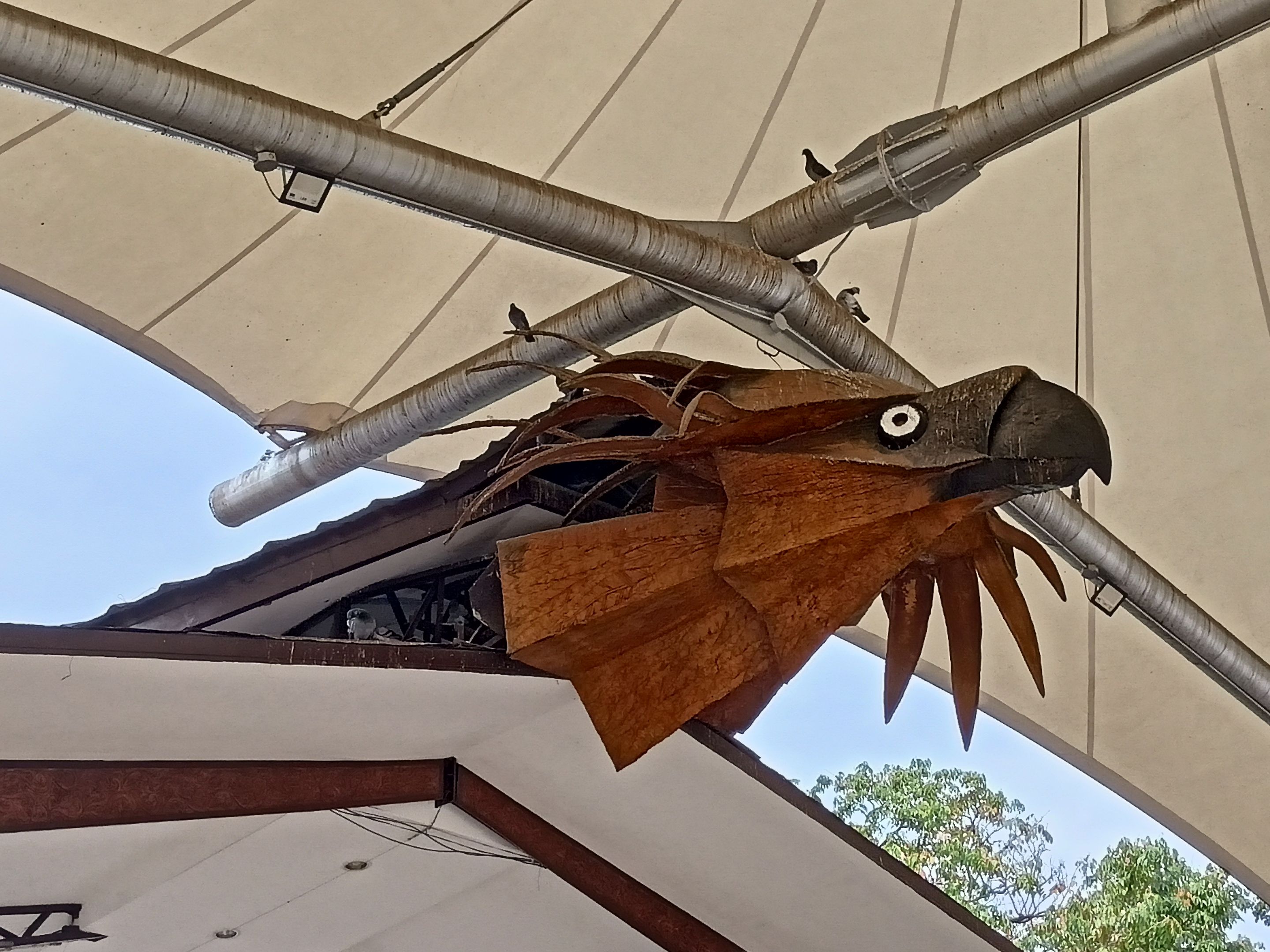
From a short distance, I noticed that the creature’s head belonged to an eagle. Not just any bird of prey, but the Philippine monkey-eating eagle - the national bird of the country! The favorable geography of Davao is recognized to be its natural habitat.


Moreover, it wasn't only the eagle’s head that caught my attention. If you’re observant, you’ll also discover that the tent structure covering the park’s main stage was shaped like a pair of wings! And with the attached eagle’s head, the whole contraption actually mimicked the real creature itself!


I strongly believe that the park’s roof design wasn’t accidental but was intentional, highlighting the cultural heritage of the region and symbolizing the Philippine Eagle’s reverence, acknowledgment, and protection of the national hero Jose Rizal from the skies. This was the most likely explanation I reflected on after carefully studying this green environment’s architectural concept and layout




My final verdict? Rizal Park was undoubtedly a monumental landmark that also served as an event space and commercial hub. With its close proximity to the Davao City Hall, this tourist attraction was absolutely a must-visit travel destination for locals and foreigners alike.

What do you think? Is this a worthwhile place for tourism? Let me know your opinion.
Meet the Author
Architect | Environmentalist | Adventurer
Creator of Architecture+Design Community on Hive
Copyright © 2020-2024 storiesoferne.
All rights reserved.
[//]:# ([//]:# (!worldmappin 7.06462 lat 125.60841 long d3scr))











Comments